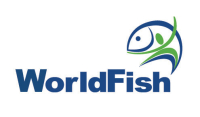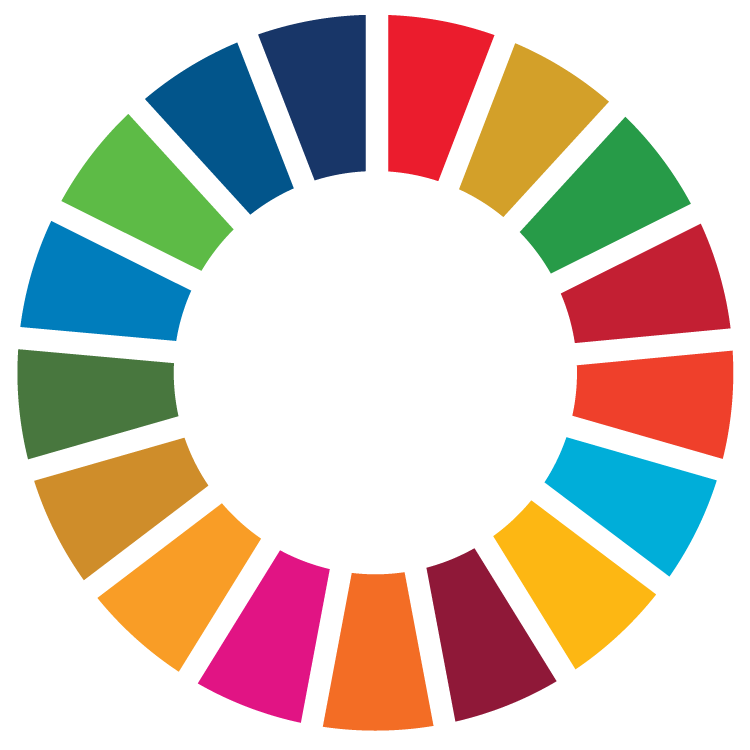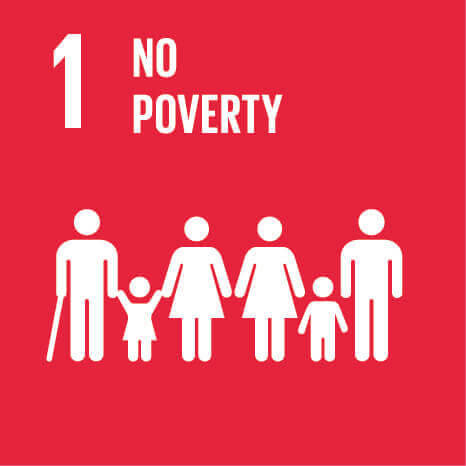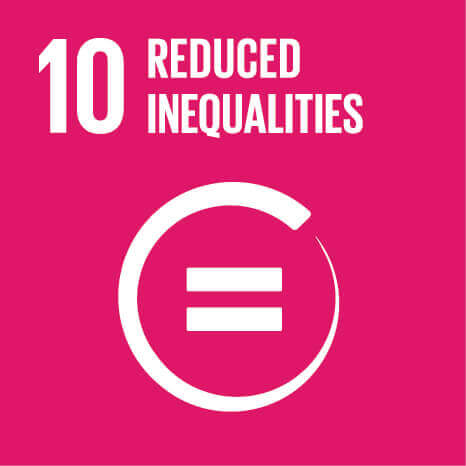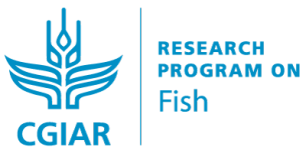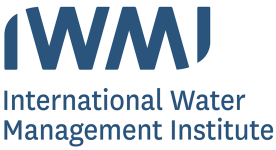The promotion of integrated farming systems increased rice yields by 18% and nutritious fish for farmers in Myanmar
Published on: May 1, 2021, Submitted by Lauren Burcham on: April 26, 2021, Reporting year: 2020
The Naypyitaw agreement established in 2018 encourages integrated agriculture for rice-fish production by allowing up to 15% of a farmer’s rice-field area can be converted into fish holding refuges for integrated rice-fish production systems. Using better management practices for rice, fish and water are shown to increase rice yield, profitability, employment options for women and nutrition for families. Piloting in 2020 suggests that despite a reduction of rice land, farmers are able to increase rice harvest by 18%.
This photo is taken from the first official Rice-Fish Farmers Day in MM. The event was attended by the Ayeyarwady Regional minister for agriculture, livestock, natural resources and environmental conservation (U Tin Aung Win). The result is a milestone for Integrated Agriculture in Myanmar as the Regional Minister announced that as long as less than 15% of a rice field
The national diet of Myanmar relies on rice and fish, and fish alone accounts for 60% of animal protein consumed. However, there is a huge disparity between lower and higher income fish consumption. Poor families in Myanmar are estimated to consume 7 kg/person/year, compared to 50kg/person/year for the richest families. Further, only four out of ten households in Myanmar can afford a diet that meets nutrient needs, which particularly affects households with adolescent girls and lactating women. A huge barrier to nutrition is cost – the average cost of a nutritious diet costs more than double of a diet that only meets energy needs.
The project Development of Rice Fish Systems (RFS) in the Ayeyarwady Delta, Myanmar aims to improve rice and fish production by prioritizing gender equity, income and food and nutrition outcomes. These practices can improve diets of farmers and improve income from fish without sacrificing income from rice. This is achieved by identifying which agro-ecological zones in the Ayeyarwady Delta would most benefit from RFS and trial sites to ensure success of the project.
RFS use the aquatic habitats created by crop irrigations systems like reservoirs, irrigation, and drainage canals. RFSs encompass a spectrum of farming and fishing practices, from traditional capture of fish in rice-dominated landscapes through to controlled farming of fish in rice fields. Adequate management and planning of these aquatic habitats can provide a new source of income and consumption through the harvesting of fish. Crops like rice can still be cultivated while increasing the productivity of the area by introducing a rotating or simultaneous presence of fish.
This type of RFS integration was made possible through the ‘Naypyitaw Agreement’ that promotes integrated agriculture by allowing the addition of fish in rice fields by reducing the rice area by 15%. Despite the reduction of rice area, evidence from 2020 shows that those piloting the RFS harvested 18% more rice than their neighboring farmers, despite using 13% less land. Evidence from rice field fisheries in Cambodia shows that rice field fishery catch can provide around 60% of fish and aquatic animals consumed in both wet and dry seasons, suggesting an increase in consumption of small nutritious fish in farming households.
Should these farming system innovations be adopted at scale, Myanmar stands to benefit from increased employment, incomes and nutritional value of farm plots - alongside associated reductions in pesticide pollution- and water use benefits.
During 2020, research allowed for development of a rice-fish suitability map that provides important information regarding suitability of scaling the project up to more areas in Myanmar. Using Geographical Information Systems (GIS), suitability across the Ayeyarwady has been determined through integrated crop modelling data. This data reveals which areas of the Ayeyarwady are suitable for RFS, which serves as a precursor for expansion of the project.
Field trials from RFS have been completed by six farmers in three townships across the Ayeyarwady delta after three dry seasons and two monsoon seasons. Results from these trials show that neighboring farms produced 18% less rice than those with RFS, despite using 13% more land and a higher quantity of pesticides and fertilizers. The publication "Integrating fish into irrigation infrastructure projects in Myanmar: what if...?" from this project suggests that if 10% of the potential area for RFS was used that an additional 100,000 mt of fish and $100 million USD could be generated for rice farmers.
Stage of Maturity and Sphere of influence
-
Stage of Maturity: Stage 1
-
Contributions in sphere of influence:
1.4.1 - Reduced pre- and -post production losses, including those caused by climate change
2.1.1 - Increased availability of diverse nutrient-rich foods
Acknowledgement
This work was undertaken as part of the CGIAR Research Program on Fish Agri-Food Systems (FISH) led by WorldFish. The program is supported by contributors to the CGIAR Trust Fund. Funding support for this work was provided by Australian Centre for International Agricultural Research (ACIAR) as part of the Development of rice fish systems (RFS) in the Ayeyarwady Delta, Myanmar project.
For further information on the project, contact the Country Director Michael Akester M.Akester@cgiar.org
